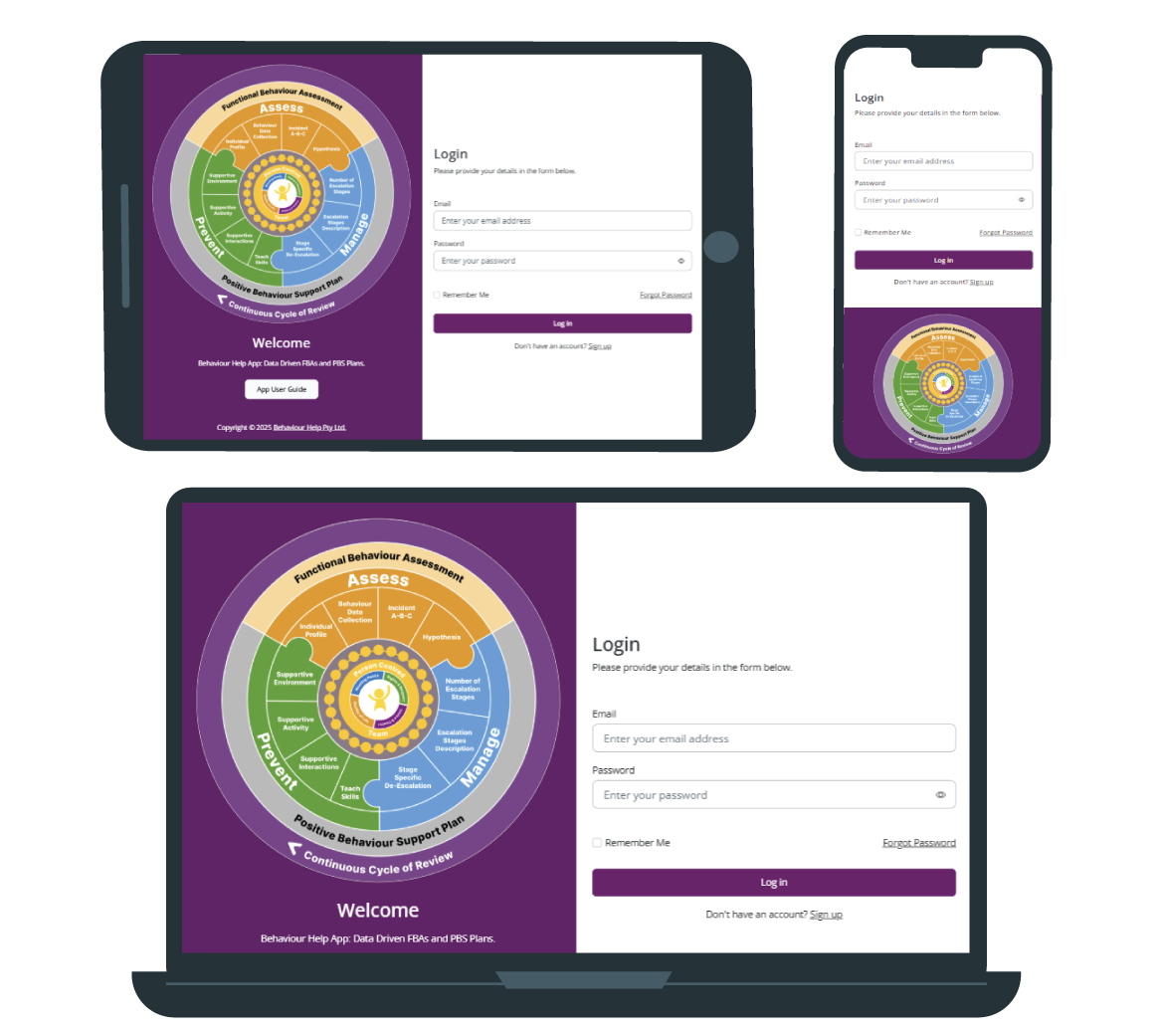To analyse behaviour tracking data, look for patterns across key elements: frequency (how often the behaviour occurs), duration (how long it lasts), intensity, triggers (what happens before), and consequences (what happens after). Start by reviewing data over time to identify trends—such as whether certain behaviours occur more during specific subjects, times of day, or after particular events.
Organise the data into charts or summaries to make patterns easier to see. For example, you might notice that a student becomes disruptive every Monday morning or when transitioning between tasks. These insights can help determine the function of the behaviour (e.g. to avoid work, seek attention, or cope with anxiety) and guide your next steps, such as designing targeted interventions or conducting a Functional Behaviour Assessment.
For more information:

Introducting...The Behaviour Help App
Your All-in-One AI Tool for FBAs and PBS plans
You’re doing important work. That’s why we built the Behaviour Help App — to make it easier to track behaviour trends, identify patterns, and develop meaningful, person-centred strategies.